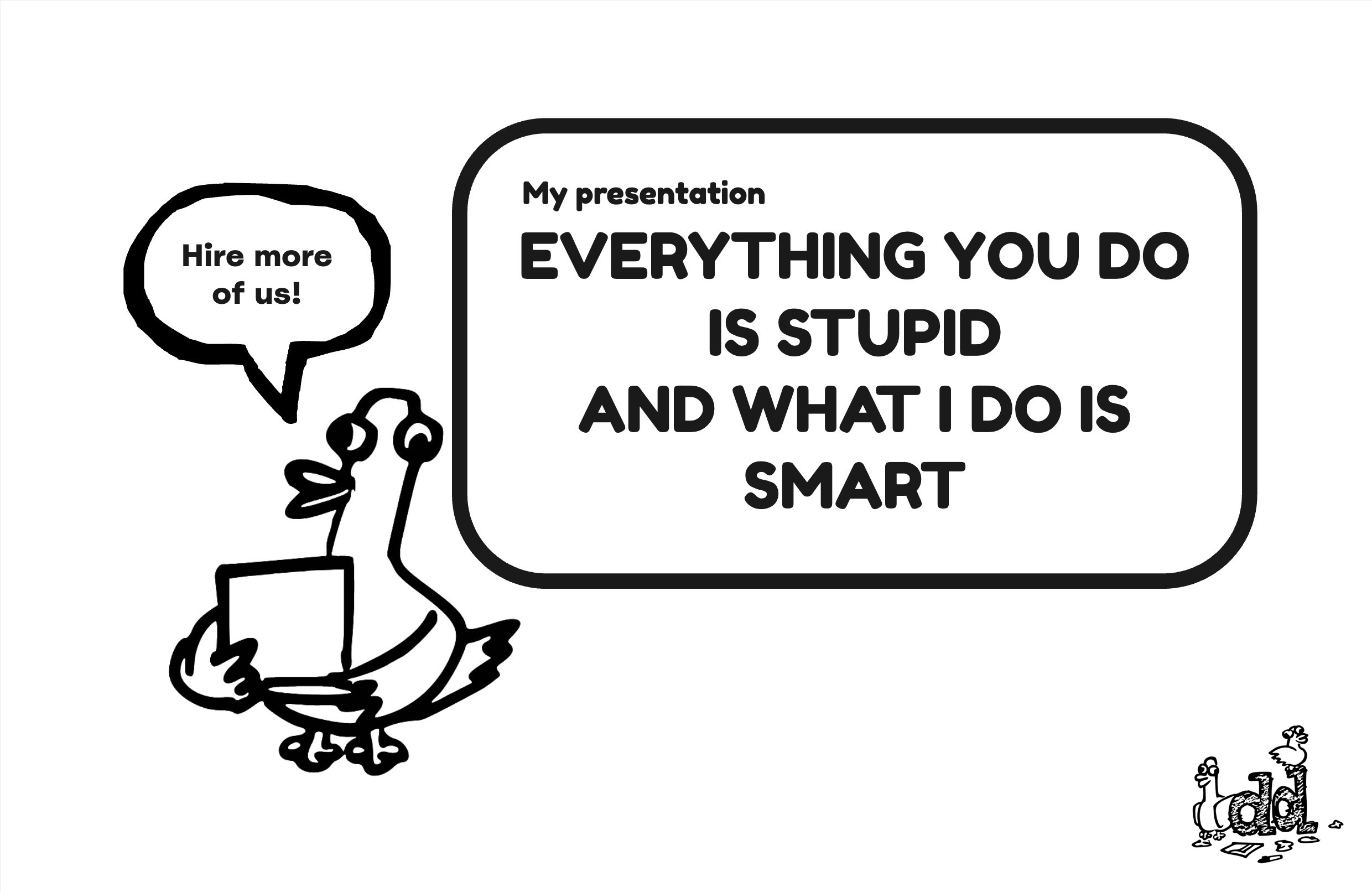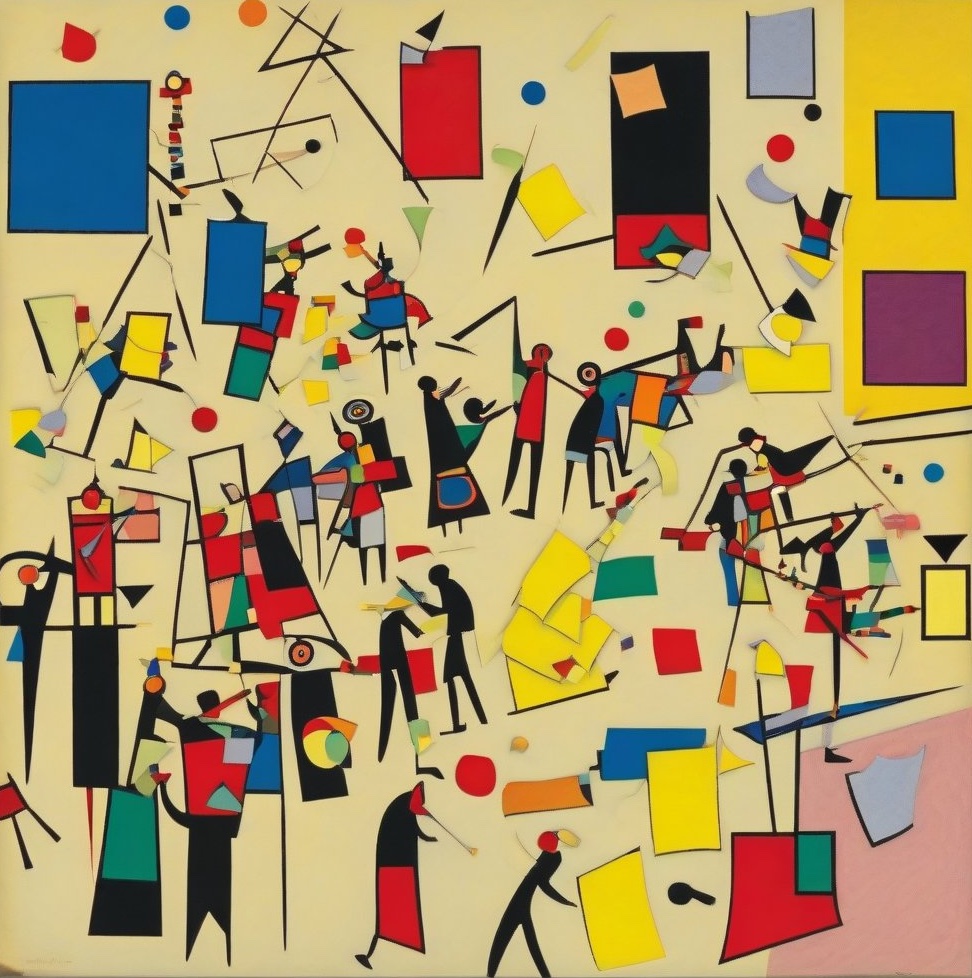Growing design by letting teams experience it
Whilst I was writing up why designers design forms I started thinking about the times I’ve worked in large organisations to convince people about design. The time I’ve spent making it easier for teams to learn about design. And the process of it and how to use designers to make things better.
If you’re in any sort of government or enterprise organisation there’s a good chance there are some designers. Some “UX” types somewhere. And some enthusiasts.
One of the most convincing and impactful things I found was showing (and not telling) the value of design.
That is, not going around and doing a presentation about a particular design practice and telling people to respect it. But making it and the value it brings to life for people by doing it.

Saving the face of a director in a pinch. Making something better. Making things more efficient in a crisis. I’ve used lots of those moments to win the space to do design.
But what about teams and services that don’t have much budget? Or still don’t believe a thing you’re selling?
You don’t always get to put designers and people in the spots that most need design. But you get to create powerful communities of practice and sharing. Often because it’s damn hard to make change happen.
When I worked in a local hospital. There was no UX team. Only people who cared about doing things right. Or making interfaces. A blend of UX, UI and frontend people. As well as patient advocates and quality improvement people.
We built a semi-structured community. A group of people who helped each other.
When I worked at NHS Digital I helped look after our design community. Growing and sustaining it so it could support any team with advice and guidance. And when I led design in UKHSA, I helped support the UCD team rethink it’s content design community meetups. Particularly in the light of much smaller numbers of designers post-covid.
As well as help grow and nuture the designers. These communities are also great places to show and share the value of design.
And you can do it by running design reviews almost as a service.
By this I mean opening up regular time as a profession or group of designers and researchers where you allow teams to share their work and you give them your feedback. On things to improve now to what to do next.
But instead of just doing it between designers. Letting teams come with their products and ideas and supporting them.
This can be in the same community space or activities. For example, ensuring the community events have some regular space for other people to rock up. Or it could be in dedicated times to open things up.
At NHS Digital the data team did this with people working on data visualisation and it was a way of support teams beyond those the team could directly work with day to day.
The value of this to design within an organisation is it:
- helps grow experience and understanding of design
- makes some things better than they would have been
- gets teams to understand what to do next
- makes the case for more permanent support
The value for your designers or design community space is:
- more content / volunteers to talk and speak
- keeps things fresh with new projects or teams arriving
- helps people learn how to be pragmatic and less dogmatic
- lets people share the value of their experience and craft with those who need it
In UKHSA we helped a team designing things for data from labs to improve. To see the value of interaction and content design. And we helped them align their product more closely with GOV.UK standards. We did this through 2 or 3 sessions where the product and delivery team talked us through their product and needs.

Even if some of those people don’t directly lead to an ask for a designer. That’s a whole team of people who saw the value of it. And not in a theoretical way.
There’s always a risk of course that though you show value you’ve made the value free. So why carve out some budget for a full-time designer?
But people who aren’t going to give you money aren’t gonna do it anyway. You’ve made something better. And you get to tell that story to everyone. And you can be clear on how often a team can ask for support if capacity is a worry.
I’ve lost count of the times I’ve jumped onto a project. Shown the value of design. And won the space for myself or others to do more.
Design community support is a great way to move people through their journey to trusting and learning how to use design. It’ll help you get people past awareness. And in places that design doesn’t always get to work.
But it won’t just happen. You’ll have to get out there and offer the opportunity. And create the space to it. But doing it as a conscious way of adding value really does help grow design within your organisation. Just by letting teams experience it.